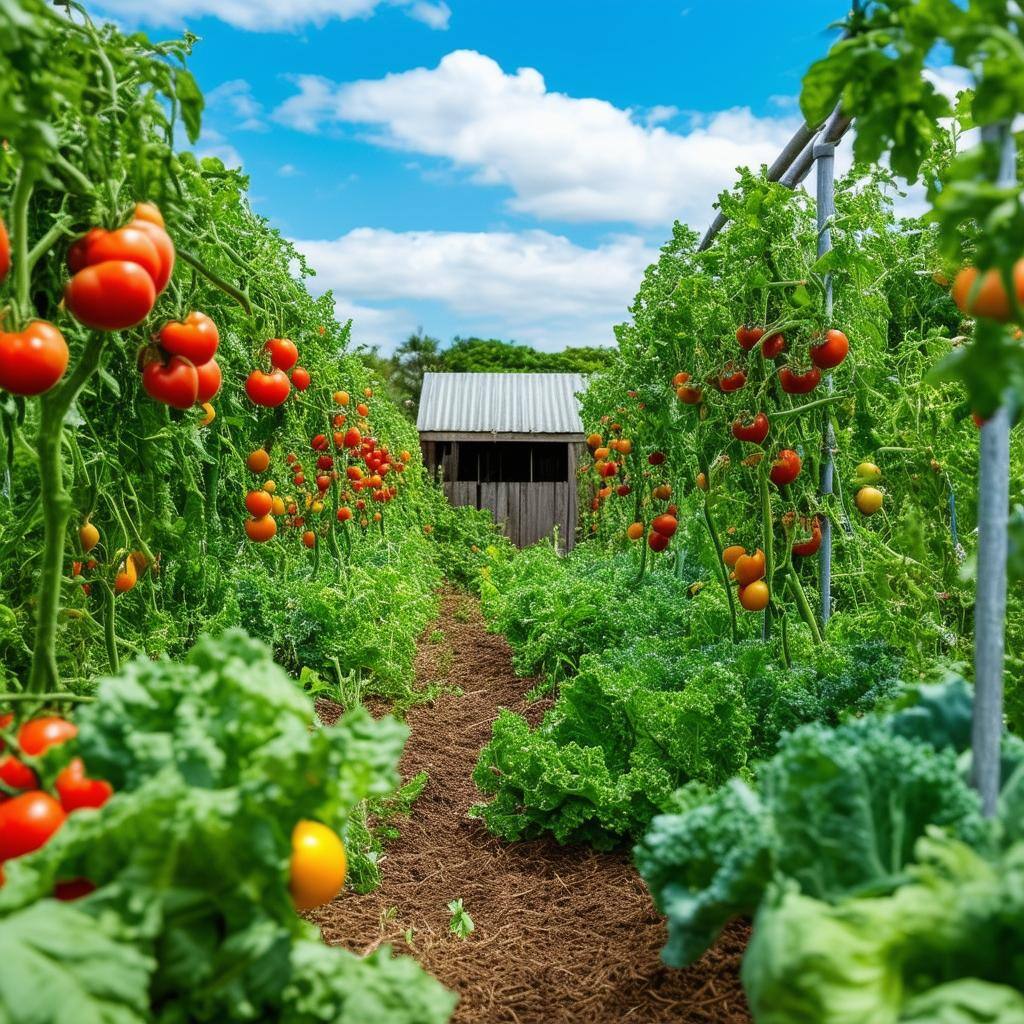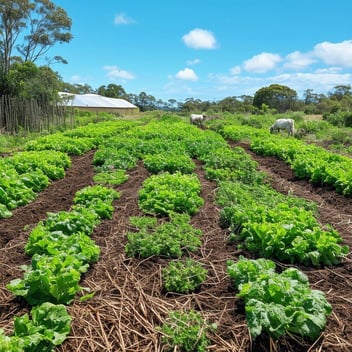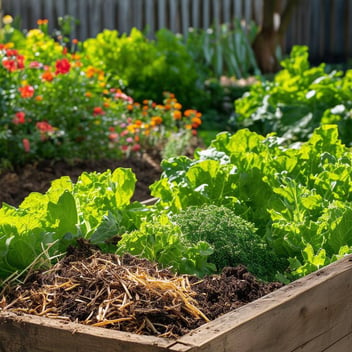How to Grow a Thriving Vegetable Garden in Subtropical Conditions
Cultivating a flourishing vegetable garden in subtropical climates presents unique challenges and rewards. The combination of high humidity, intense heat, and mild winters necessitates tailored strategies to ensure plant vitality and abundant harvests. This comprehensive guide delves into the intricacies of subtropical gardening, offering insights to help your garden prosper.
1. Understanding Subtropical Climate Dynamics
Subtropical regions are characterized by hot, humid summers and mild, often frost-free winters. Rainfall patterns can be erratic, with periods of heavy downpours followed by drought. Recognizing these climatic nuances is crucial for selecting appropriate plant varieties and scheduling planting times to align with seasonal conditions.
2. Selecting Suitable Vegetable Varieties
Choosing vegetables adapted to subtropical climates enhances the likelihood of success. Warm-season crops such as tomatoes, beans, and cucumbers thrive during the hotter months, while leafy greens like spinach and kale prefer the cooler periods. Incorporating perennial vegetables, such as sweet potatoes and certain herbs, can provide year-round yields.
3. Soil Preparation and Fertility Management
Healthy soil is the cornerstone of a productive garden. In subtropical areas, soils may be prone to leaching due to heavy rains. Amending the soil with organic matter, such as compost or well-rotted manure, enhances fertility and structure. Regular soil testing can guide nutrient management, ensuring optimal conditions for plant growth.
4. Watering Techniques and Moisture Conservation
Efficient water management is vital in subtropical gardening. Implementing drip irrigation systems delivers water directly to the root zone, minimizing evaporation. Mulching with organic materials like straw or wood chips conserves soil moisture, suppresses weed growth, and moderates soil temperature.
5. Pest and Disease Management
The warm, humid environment of subtropical regions fosters a variety of pests and diseases. Employing integrated pest management (IPM) strategies, including crop rotation, companion planting, and the use of biological controls, can mitigate these challenges. Regular monitoring and early intervention are key to maintaining plant health.
6. Utilizing Shade and Wind Protection
Intense sunlight and strong winds can stress plants. Incorporating shade structures, such as shade cloths or strategically planting taller crops to shield more delicate plants, can reduce heat stress. Windbreaks, like hedges or fences, protect the garden from damaging gusts, preserving plant integrity.
7. Seasonal Planting and Succession Planning
Timing plantings to coincide with favorable weather conditions maximizes productivity. For instance, sowing heat-tolerant crops in early spring allows them to establish before the peak summer heat. Implementing succession planting—sowing new crops at intervals—ensures a continuous harvest and efficient use of garden space.
8. Embracing Biodiversity and Permaculture Principles
Diversifying plant selections and incorporating permaculture practices create a resilient garden ecosystem. Interplanting a variety of species can deter pests and reduce disease incidence. Utilizing perennial plants and designing the garden to mimic natural ecosystems promotes sustainability and reduces maintenance.
By adopting these strategies, gardeners can cultivate thriving vegetable gardens in subtropical climates, yielding bountiful harvests and fostering a harmonious relationship with the environment.




